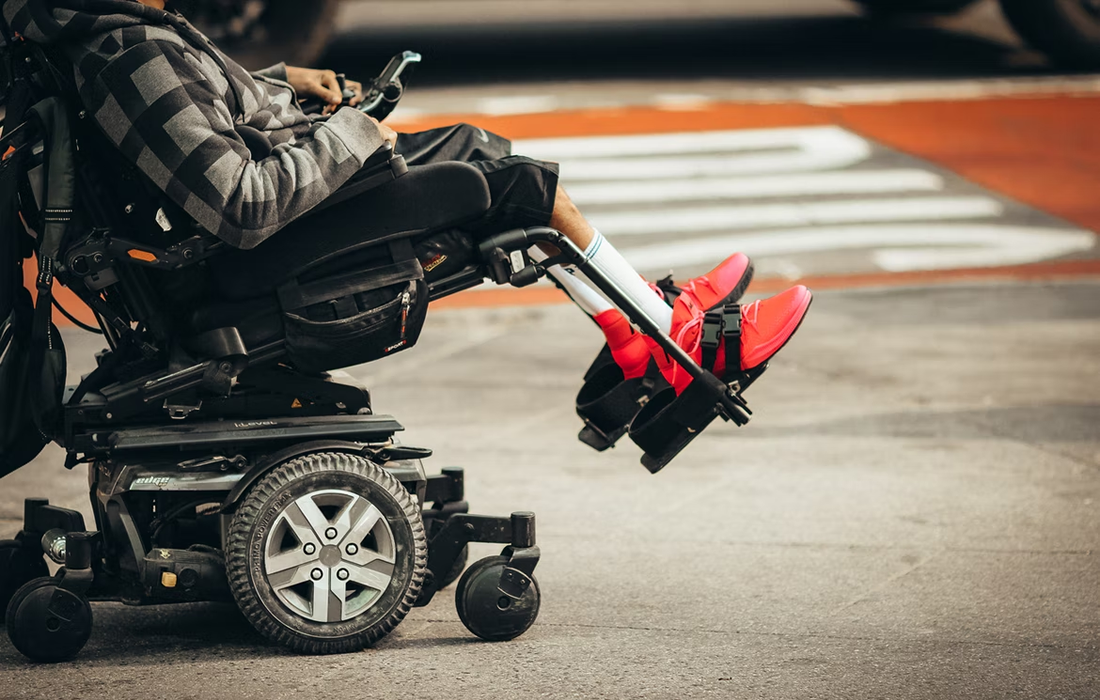Stem Cell Therapy for Specific Conditions
Stem Cell Treatment for Cerebral Palsy: A Report of 17 Cases
Cerebral palsy (CP) is a heterogeneous group of conditions that results in permanent, non-progressive motor disability. It may be due to perinatal hypoxic insults, developmental brain abnormalities, genetic conditions, or traumatic or infectious causes.
It is estimated that about 2 per 1,000 babies are born each year with cerebral palsy. Improvements in neonatal care had little or no effect to date on this incidence.
There are different classifications based on motor function, the affected limbs (hemiplegia, hemiparesis, quadriparesis, etc), or the presence or absence of spasticity, coordination, and muscle tone.
There is no cure for cerebral palsy and current treatment options are limited. The use of stem cells has been evaluated in recent years due to their regenerative and immunomodulatory properties.
Case Report Study Showed Improvements in 73% of Patients
In a study published in the International Journal of Stem Cells, researchers reported the use of Bone Marrow Mononuclear Cells (BMMC) in the management of CP.
The study reported a total of 17 patients with CP that were treated with BMMCs. All participants received 2 million cells per kilogram of body weight intrathecally at the L4/5 level under sterile conditions and under sedation.
Of the 17 patients with CP, aged 1.5 to 17 years, the motor function was hypotonic in 5 of them, hypertonic in 8, dyskinetic in 2, one patient with dystonia, and one mixed. No major adverse events were reported.
Eleven of the 15 patients had a significant improvement (73%). The improvement was most pronounced in the degree of spasticity in 6 patients (40%) and in many cases, it was the first feature noted to improve. Some patients also reported bowel and bladder control improvement.
The cognitive function assessment also revealed significant improvement in 6 of the 15 patients (40%).
Overall the study showed that BMMCs were safe and effective when injected intrathecally in different types of CP. The injections could be repeated theoretically to continue the improvement or add to it over time should the patient benefit from this approach.
Source:
Nassim H. Abi Chahine, et al. Treatment of Cerebral Palsy with Stem Cells: A Report of 17 Cases. 2016. Int J Stem Cells. doi: 10.15283/ijsc.2016.9.1.90.
Image from:
Photo by Jon Tyson on Unsplash

